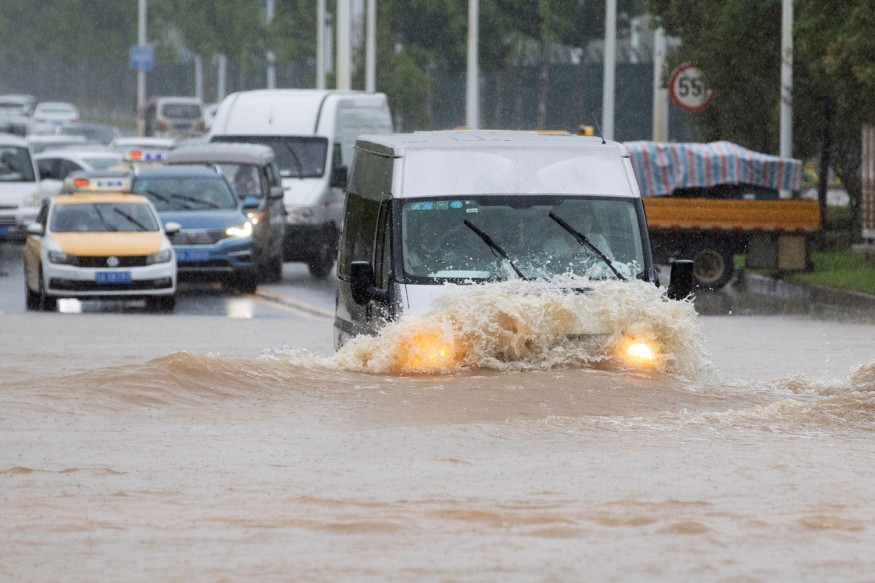
On Sunday, Chinese authorities raised the flood response alert from level three to level two, the second-highest level as heavy rains continue to batter regions along the Yangtze River. China has four levels to its emergency response system, and level one is, of course, the most severe.
Approximately 34 million people are affected by the flooding, and rains are expected to continue in the coming days.
To support the flood response initiative of the provinces, China's Flood Control and Drought Relief Headquarters allocated 190 rescue boats, 3,000 tents, 10,000 fold-out beds, and 30,000 blankets to Jiangxi Province.
Since early July, 212 rivers have exceeded their warning levels, 10 of which have never recorded such high levels before. Other provinces were allocated in terms of equipment and materials to support their flood response work.
This year, floods have cost 141 lives, devastated 3.53 million hectares (8.72 million acres) of farmland, and reduced 28,000 homes to rubble. According to the state news agency Xinhua, economic losses amount to 82.23 billion yuan. The flooding has also caused the displacement of nearly 2.2 million people.
Jiangxi on High-Level Alert
According to the state media's report, the provinces of Jiangsu and Jiangxi are among the worst hit.
In Poyang, a county in Jiangxi, flooding has caused the water levels of Lake Poyang to more than 22.52 meters (74 feet), way above the 19.50 meter (64 feet) alert levels. Lake Poyang the biggest freshwater lake in China, and the recently recorded water levels are unprecedented.
This prompted Jiangxi to raise its emergency response for flood control and disaster relief to the highest level, a notch higher than that of the rest of the country.
Thousands of soldiers were deployed by the provincial military authorities on Saturday evening to reinforce the banks of the lakes. According to Wang Zhonghua, a Poyang County official, the village chief, and party members are on guard at the banks of the lake and enclosures. Sandbags were added to increase the height of the dykes to prepare for increased flood levels.
Residents located near the lake have been evacuated, and supplies are being prepared.
Drones have been deployed to monitor floods and geological occurrences in most affected areas. Images from the drones are then broadcasted live to improve the conduct of rescue and relief operations.
Another Calamity in Hubei
Hubei, the province where Wuhan is located, is facing another major calamity this year. The city of Wuhan made headlines this year as health experts at the site where the COVID-19 infection first emerged.
The accumulated rainfall from June 1 to July 7 in Hubei, along with its neighboring regions Anhui, Zhejiang, and Chongqing, reached a record high, with China Meteorological Administration saying it was the highest rainfall accumulation level since 1961.
In the early hours of Wednesday, a landslide buried nine people in Huangmei County, Hubei province, but rescue operations were prompt.
Chinese authorities blame recent extreme weather events to unusual weather conditions such as humidity from the South China Sea and the Indian Oceans.
© 2025 NatureWorldNews.com All rights reserved. Do not reproduce without permission.





